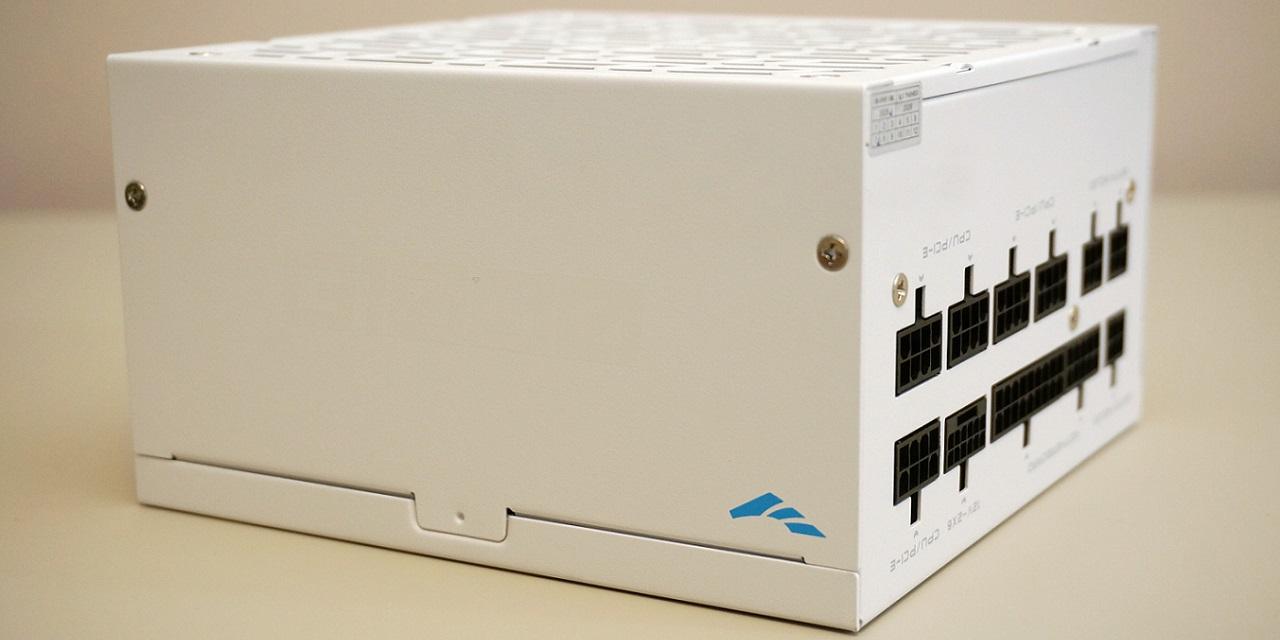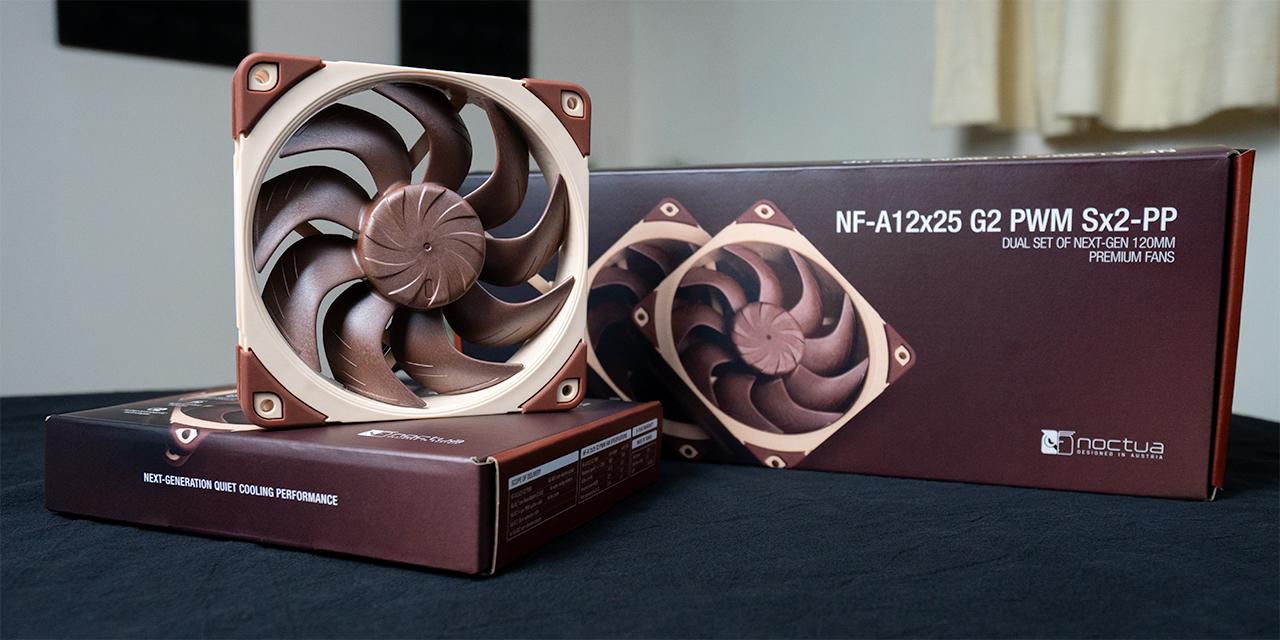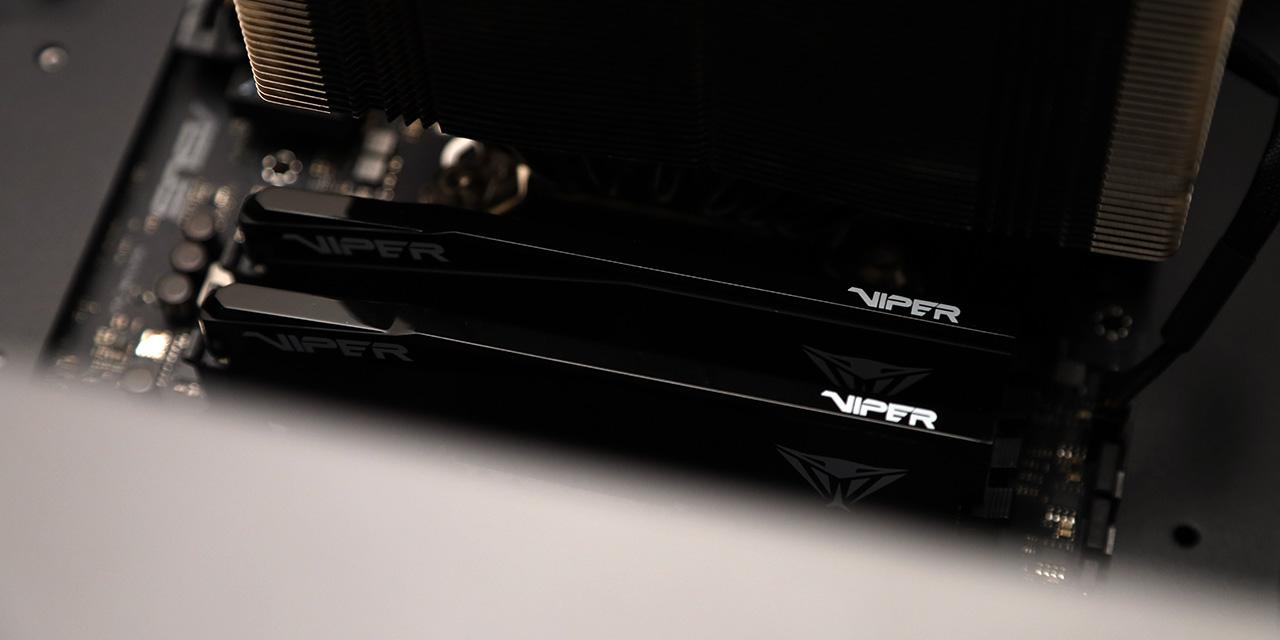Page 3 - Installation and Test Results

The installation steps in the Hyper 411 Nano's manual are short and simple. For my AMD CPU, I started by screwing the brackets onto the heatsink. Next, I applied the provided thermal paste onto the CPU and screwed the heatsink onto the AMD stock backplate. The thermal paste is not the usual Cooler Master CryoFuze, but rather a stickier and more viscous compound. I am not the biggest fan of this compound, since the stickiness makes it more difficult to separate the heatsink from the CPU.

With the heatsink in place, you can clip the fan on. Although my computer utilizes an AM4 socket, the Hyper 411 Nano also supports AM5 and most modern Intel sockets. As for RAM clearance, the fan is high enough to avoid any interference. In fact, for my system, the Cooler Master Hyper 411 Nano did not come close to the memory modules.

The design of the Hyper 411 Nano is stealthy and minimalist, with the entire cooler being black. The installation process was quite simple with minimal steps. Cooler Master also provided thermal paste alongside the cooler, which is useful for multiple installations. The screw-in clips on the fan add a premium feel to the product, and further simplify the installation process. Looking at the Hyper 411 Nano as a whole, I quite like its simple but interesting appearance. The only part I dislike would be the thermal paste compound Cooler Master has provided due to its sticky nature.

Our test configuration is as follows:
CPU: AMD Ryzen 5 5600X
Motherboard: Gigabyte X570 AORUS Elite Wi-Fi
RAM: Corsair Vengeance LPX DDR4-3200 4x8GB
Graphics: ASUS TUF Gaming GeForce RTX 3080 V2 OC Edition 10GB
Chassis: Lian Li Lancool II Mesh RGB
Storage: Western Digital WD_BLACK SN770 NVMe SSD 1TB, Western Digital Black SN750 NVMe SSD 1TB
Power: Corsair RM850x 850W
Operating System: Microsoft Windows 10 Pro
Compared hardware:
- Cooler Master Hyper 411 Nano
- be quiet! Pure Rock Pro 3
- Cooler Master Hyper 212 Pro
- Cooler Master Hyper 612 Apex
All tests were performed on my custom-built computer to best reflect real-life performance. The computer remained in a room with the temperature controlled to be about 20 degrees Celsius for all tests. The thermal paste was applied according to standard practices for AMD CPUs. The fans attached to the heatsink were all connected to the same CPU 4-pin fan connector on the motherboard. The eight case fans, three GPU fans, and the product's CPU fans in my computer were all set to maximum speeds to allow maximum airflow through the heatsink for all tests. For the idling tests, the computer was left running for at least an hour before data was collected. To stress the CPU, Prime95 was used to place a high load on all available threads using the Large FFTs torture test setting. The highest core temperature measured by HWiNFO was recorded after waiting at least 10 minutes for the temperature to stabilize. HWiNFO is used to obtain accurate temperature data, since it directly reads the CPU's integrated thermal sensors.


Starting with the idle test, the computer was left idling for a long time before the highest core temperature was taken. In the first graph, the Hyper 411 Nano had the highest temperature at 27 degrees Celsius, which is expected considering it is the smallest cooler of the bunch. The temperature delta between the lowest cooler and the Cooler Master Hyper 411 Nano is only 2 degrees, which is very good, but I would expect this gap to increase during the load test.
After loading the CPU for over 20 minutes to generate as much heat as possible, the temperature stabilized, and the highest core temperature was 61 degrees Celsius. As expected, the physical limitations of the Cooler Master Hyper 411 Nano were reflected in the higher temperature compared to the other coolers. I would say the 10-degree difference between the Hyper 411 Nano and the Cooler Master Hyper 212 Pro is quite reasonable, given the size difference. Although the delta is a little high compared to the others, I would consider the final temperature of 61 degrees to be quite good.
In terms of the volume produced by the fan on the Cooler Master Hyper 411 Nano, it was very quiet on idle. On a scale of 0 to 10, where 0 is pure silence and 10 is standing right below fireworks, I would say the cooler is a 1.0 on idle. The sound produced was still rather quiet even when putting my ears right next to the fans. Cooler Master claims the volume to be at 30.04dBA when the fan is spinning at maximum speed, which equates to the volume of whispering. However, I found it to be more like a quiet hum and would rate it a 2.5 at maximum volume.
Overall, the Cooler Master 411 Nano performed well for my setup despite its compact size. The cooler achieved a solid temperature of 61 degrees for my mid-range Ryzen CPU. The noise produced was excellent at low speeds and surprisingly quiet at maximum speed.
Page Index
1. Introduction, Packaging, Specifications
2. Physical Look - Hardware
3. Installation and Test Results
4. Conclusion





